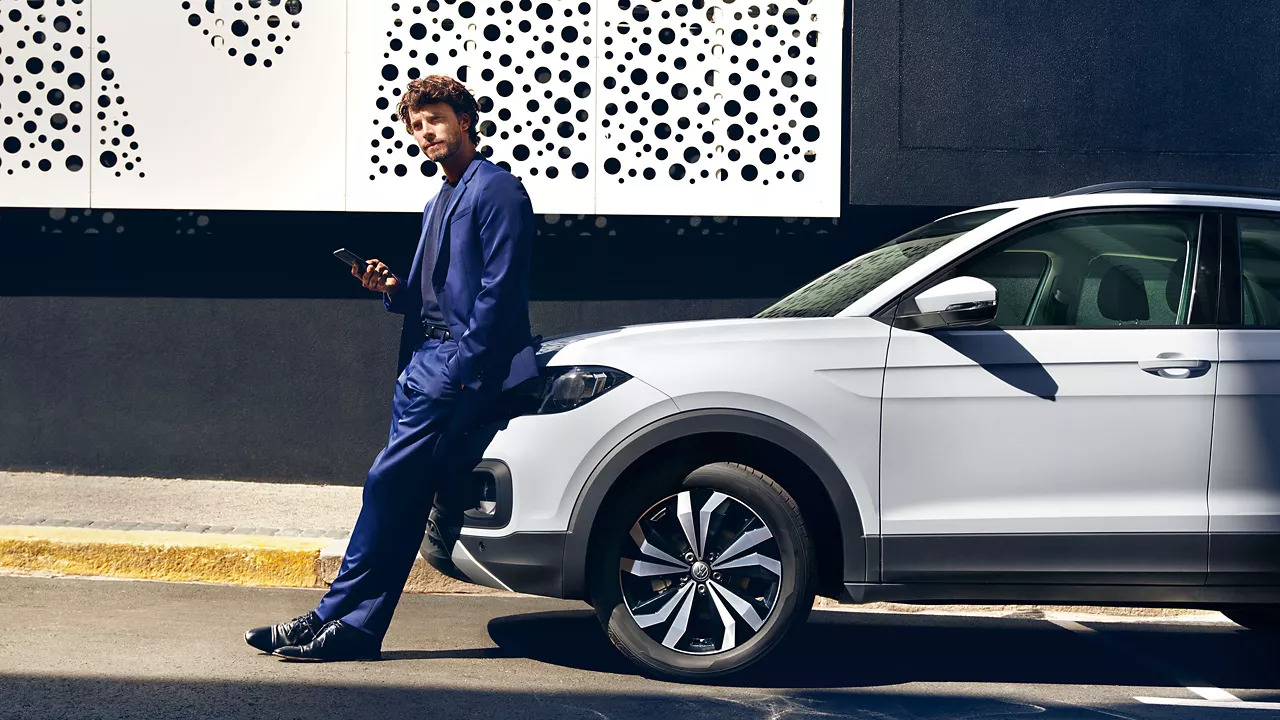What is AdBlue®?
To help protect our environment, some Volkswagen TDI models are now fitted with AdBlue® emissions control equipment which cleans exhaust gases helping cars to comply with the new EU6 exhaust emissions regulations.
AdBlue® is a non-toxic, non-flammable; biodegradable urea and water-based liquid additive that processes the gases in a car exhaust system to remove harmful nitrogen oxide (NOx) emissions. The AdBlue® solution is stored in a tank positioned near the car’s conventional fuel tank, accessed through a cap usually found at the rear of the car; its location will depend on the model.
The System works by injecting minute amounts of the solution into the exhaust system when the engine is running. The chemicals in AdBlue® break down the polluting NOx emissions into harmless water vapour and nitrogen gas.
The size of the AdBlue® tank fitted to your car will vary depending on which Volkswagen model you have, therefore the interval between top ups will vary. In addition many factors such as mileage covered, journey types, driving styles and environmental conditions can influence how much AdBlue is consumed. A passenger car will consume approximately 1.5 litres of AdBlue® approximately every 1000km.
AdBlue® belongs to the lowest water pollution hazard category but is a skin irritant and a corrosive liquid that can cause injury if it touches the skin, eyes or respiratory organs.






